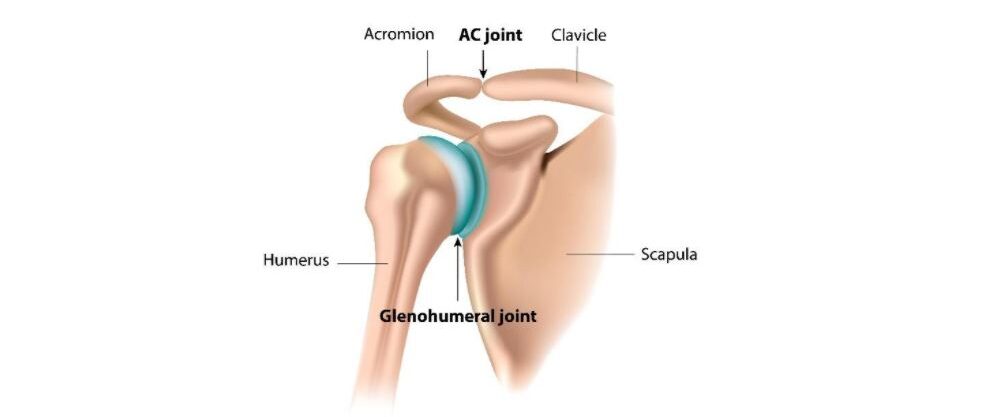Hey, Pain Pals!
Do me a favor… Raise your arms above your head like you are making a snow angel in the air, now bring them back down slowly. What did you feel? Were your shoulder muscles activating at different times throughout the motion in order to lift your arms higher and higher? On the way back down to your sides, did you notice your shoulder working against gravity or the activation of opposing muscles? Believe it or not, to raise your arms above your head, several muscles and joints must work together to create a fluid motion. If there is a problem with any of these structures, it can limit motion, cause pain, or worst of all, give you wings like a bird!
Today we are going to look at the muscles and structures surrounding the shoulder, specifically the scapula. We will also talk about the importance of mobility and stability of the shoulder, focusing on a common pathology known as scapular winging.

The shoulder joint is composed of the humerus, scapula (glenoid fossa), and clavicle. Movement of the arm is determined by how these structures, along with associated muscles, interact together. The glenohumeral joint is the main joint of the shoulder and is considered a ball and socket joint, which allows the shoulder to move in all planes and demonstrate the most mobility of any joint in the body. This increased mobility allows us to do everything except fly (like an eagle)! We can reach over our heads, push, pull, and lift consistently without thinking twice. However, when the muscles that control these structures are weak or injured, it can create instability in our shoulder and cause pain.
Brain break: What do you call a fly without wings?
A WALK
One reason for instability and pain in the shoulder is irritation of the nerves that work to stabilize the scapula throughout shoulder and arm movement. These nerves include the long thoracic, dorsal scapular, and spinal accessory nerves. The long thoracic nerve controls a muscle called the serratus anterior and is known for giving us an extra punch, haha (it protracts the shoulder). The dorsal scapular nerve innervates the rhomboid muscles between the scapula and spine and is important in retracting the scapula. The spinal accessory nerve controls the trapezius muscle which elevates the scapula. These nerves can be irritated with injuries, some viruses, or after surgery.

When these nerves are injured it can lead to scapular winging, which is when your shoulder blade (scapula) sticks out rather than resting flat against your back. Over time, scapular winging can lead to pain or discomfort of the shoulders, back, and/or neck. Physical therapy addresses scapular winging by strengthening specific muscles surrounding the back and shoulder, creating more stability and control during movement, and reeducating proper glenohumeral scapular rhythm to avoid winging and reduce pain.
“That all sounds interesting, Tara, but how do I fix my winging scapula?” Great question! Here is an example of an exercise your physical therapist will likely prescribe during your visits. This is called a serratus punch. It focuses on the serratus anterior muscles which is responsible for keeping your shoulder blade tight against your rib cage during shoulder movement, and when trained consistently, is responsible for a boxer’s knockout punch! The action is protraction, and it can be done with TheraBand tubing, a dumbbell, or no weight at all as a reeducation drill. As you can see in these two pictures of Colby, there is little noticeable difference. The key movement cue (in the right picture) is punching (protracting) your arm up into the air while trying to keep your back flat against the table. Colby has excellent scapular protraction and scapular stability. Colby is not a boxer, but his favorite drink is PUNCH! Way to GEAUX Colby!

If you or someone you know suffers with shoulder pain or demonstrates scapular winging, ask your physical therapist what they can do to reduce pain. Want to fly higher than an eagle, come to SportsCare to find the physical therapist that will be the wind beneath your wings (that lay flat against your back). Schedule an appointment online or give one of our clinics a call today!

